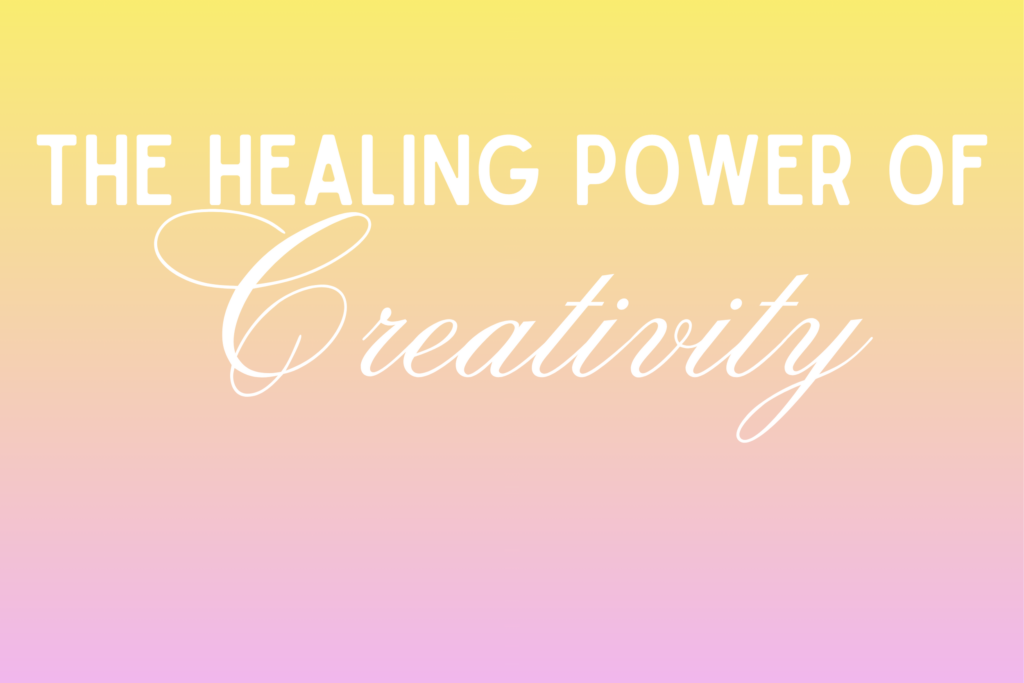 In a world that often demands constant productivity, creativity offers a much-needed refuge for the mind. Whether it’s painting, writing, music, or dancing—engaging in creative activities can ease anxiety, reduce stress, and even support the healing of depression.
In a world that often demands constant productivity, creativity offers a much-needed refuge for the mind. Whether it’s painting, writing, music, or dancing—engaging in creative activities can ease anxiety, reduce stress, and even support the healing of depression.
Far from being a luxury, creativity is a vital tool for navigating life’s challenges. It helps us connect with our emotions, make meaning from experiences, and find comfort in expression.
Creativity as a Path to Mental Wellness
Creativity is more than just a hobby—it’s a powerful mental health tool. It allows for emotional processing and expression in a way that bypasses logic and taps into the core of our lived experiences. Whether you’re creating for yourself or sharing your work with others, the act of making something meaningful is therapeutic in itself.
A 2016 study found that just 45 minutes of creative activity significantly reduced cortisol levels, the hormone linked to stress and poor health outcomes. These benefits were observed in both experienced artists and beginners, showing that creativity is for everyone.
Creative practices can also become hobbies that offer joy, skill-building, and a renewed sense of purpose—whether you’re doodling in a notebook or trying out a pottery class.
The Science Behind Creativity and Mental Health
Creativity Engages the Brain in a Unique Way
Creative tasks activate both the prefrontal cortex (responsible for planning and decision-making) and the limbic system (which governs emotions). This dual activation helps us regulate emotions and process them more effectively.
A 2024 study showed that “active and passive engagement with creative arts consistently activate neural circuits implicated in adaptive emotional regulation.”
Another powerful benefit of creativity is its connection to “flow states,” a term coined by psychologist Mihály Csíkszentmihályi. These moments of deep focus and immersion have been linked to reduced anxiety and increased happiness.
Creative Expression Reduces Stress and Anxiety
Art gives us a non-verbal way to process complicated emotions. By lowering cortisol levels and allowing the body to relax, creative activities provide temporary relief from chronic stress and anxiety—creating space for clarity and calm.
Even simple acts like coloring have been shown to decrease anxiety. A 2005 study by Curry and Kasser. found that participants felt noticeably calmer after engaging in coloring. The best part? Art doesn’t have to be time-consuming or elaborate—small moments of creativity are often enough.
Emotional and Psychological Benefits of Creativity
Art as a Tool for Emotional Release
Because art taps into emotional centers of the brain, it can serve as a release for feelings we struggle to put into words. Journaling, dancing, sketching, or simply listening to music can be incredibly cathartic.
This emotional resonance also shows up when we connect with others’ art—like the raw emotion in the works of Van Gogh or Frida Kahlo. Creativity connects us to something deeper, both within ourselves and with others.
Creativity and Mindfulness Go Hand-in-Hand
Creative activities often mirror mindfulness practices. Whether you’re sculpting, knitting, or playing music, the focus required helps quiet intrusive thoughts and anchors you in the present.
This mindful state can ease rumination and anxious thought cycles, helping you feel more grounded and centered.
Creativity Helps Process Trauma
Art therapy is an increasingly popular and effective tool in treating trauma, including PTSD. Because it provides a non-verbal avenue for processing, it can feel less triggering for those who experience flashbacks or emotional overwhelm.
A 1997 research paper has shown that expressive writing, for example, can significantly reduce PTSD symptoms by helping individuals process and make sense of their experiences. Many therapists incorporate creative expression into trauma treatment for exactly this reason.
Creativity as a Tool for Connection and Growth
The beautiful part about creativity is not only in how accessible and versatile it can be, but also that it can be a tool you use on your own or use to build communities and connect with others.
The Power of Creative Communities
Community and a sense of belonging is fundamental to the human experience. Art, hobbies, and creation can be a way to connect to others and build a sense of community. This may look like participating in artistic group projects, being in a band or going to music shows with friends, or getting involved in your local theater scene. Creative communities could also be writing groups, dance classes, and so much more. These spaces foster connection and reduce loneliness.
They may also be spaces where you give back to the boarder community you are a part of. For example you may volunteer time paining a mural in your neighborhood. This not only gives you a place of creative expression but also gives back to others.
Self-Confidence and Personal Growth Through Art
For some art and creation is another avenue for accomplishment. And while creating can lead to developing skills and having that recognized, creation can exist for its own sake.
When thinking about creativity and mental wellness it can be wise to focus on the process of creating more than the final product. This can challenge you to build adaptability and resilience in face of your own judgments. It can also support you in overcoming the fear of “not being good enough” and instead embracing creativity for the joy of it.
How to Incorporate Creativity into Your Daily Life
5 Simple, Accessible Ways to Get Creative
- Doodling or sketching for a few minutes every day
- Writing in a journal or experimenting with poetry.
- Playing with clay, knitting, or crafting.
- Experimenting with digital art or photography.
- Move your body, dance!
Overcoming Creative Blocks and Perfectionism
Many people struggle with finding their creativity because they don’t view themselves as the creative type or struggle with perfectionism. When thinking about creativity and your mental wellness, there is no such thing as failure. Create whatever you want because you can, expression is the goal not the outcome.
Try activities with little to no pressure such as abstract painting, freewriting, or just dancing around your apartment alone. Creativity should be fun and exploratory so don’t be afraid to try a bunch of different things and see what you like.
3 Tips to Make Time for Creativity in a Busy Life
- Start with just 10 minutes a day.
- Engage in creative activities during breaks instead of scrolling social media.
- Use creativity as a way to unwind before bed.
Reclaiming Creativity for Mental Wellness
Creativity is a powerful part of mental wellness. It can help relieve stress, process emotions, connect you with others, and support healing from trauma. Best of all—it’s something we all have access to.
If you’re struggling with anxiety, depression, trauma, or navigating a life transition, creativity can be a valuable piece of your self-care. But it’s not a substitute for professional support.
At Peacefulway Psychology, our compassionate team of therapists understands how important creative expression is to the healing journey. Whether you’re looking to reconnect with yourself, explore past wounds, or simply find a way to feel better, we’re here to help.
Schedule your free 15-minute consultation today to get matched with a therapist who aligns with your needs—and let’s take the first step together toward healing, growth, and creativity.
In the meantime, pick up a pen, a paintbrush, or an instrument—your mental health will thank you.

